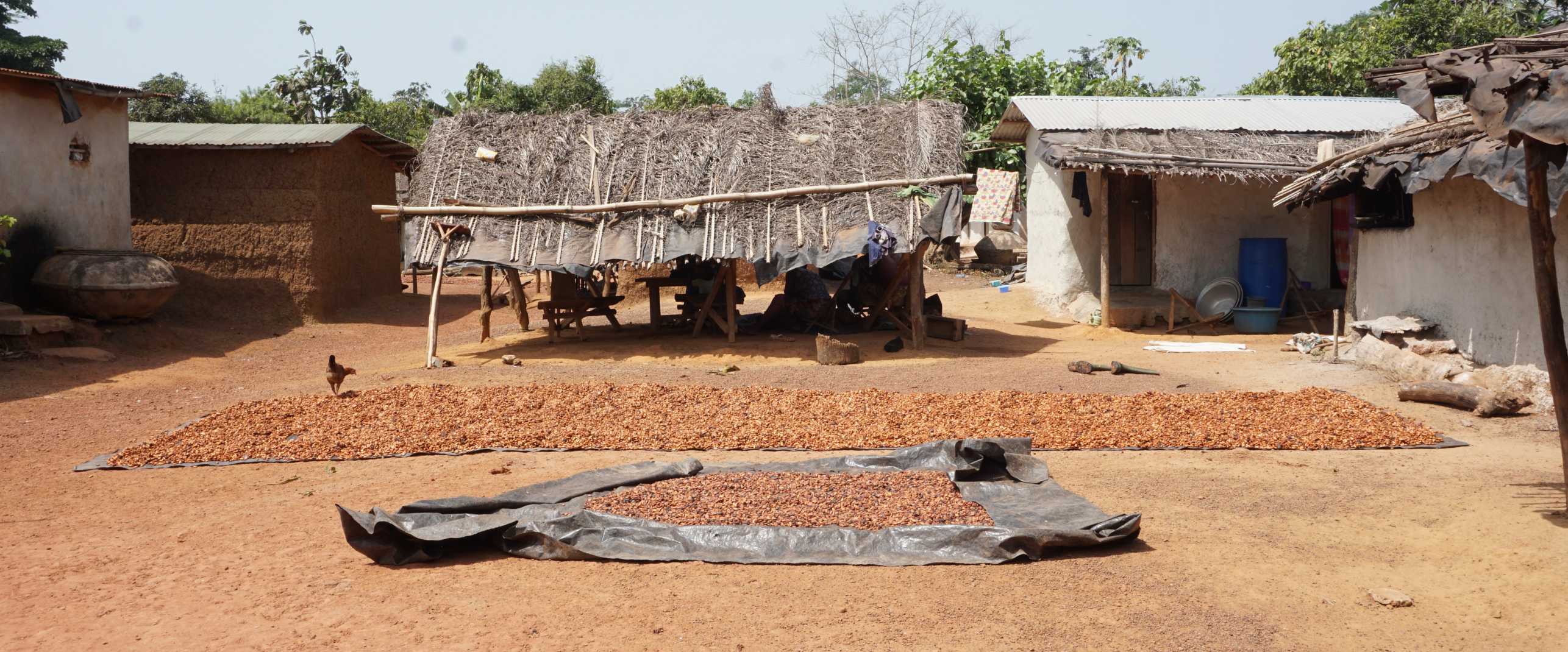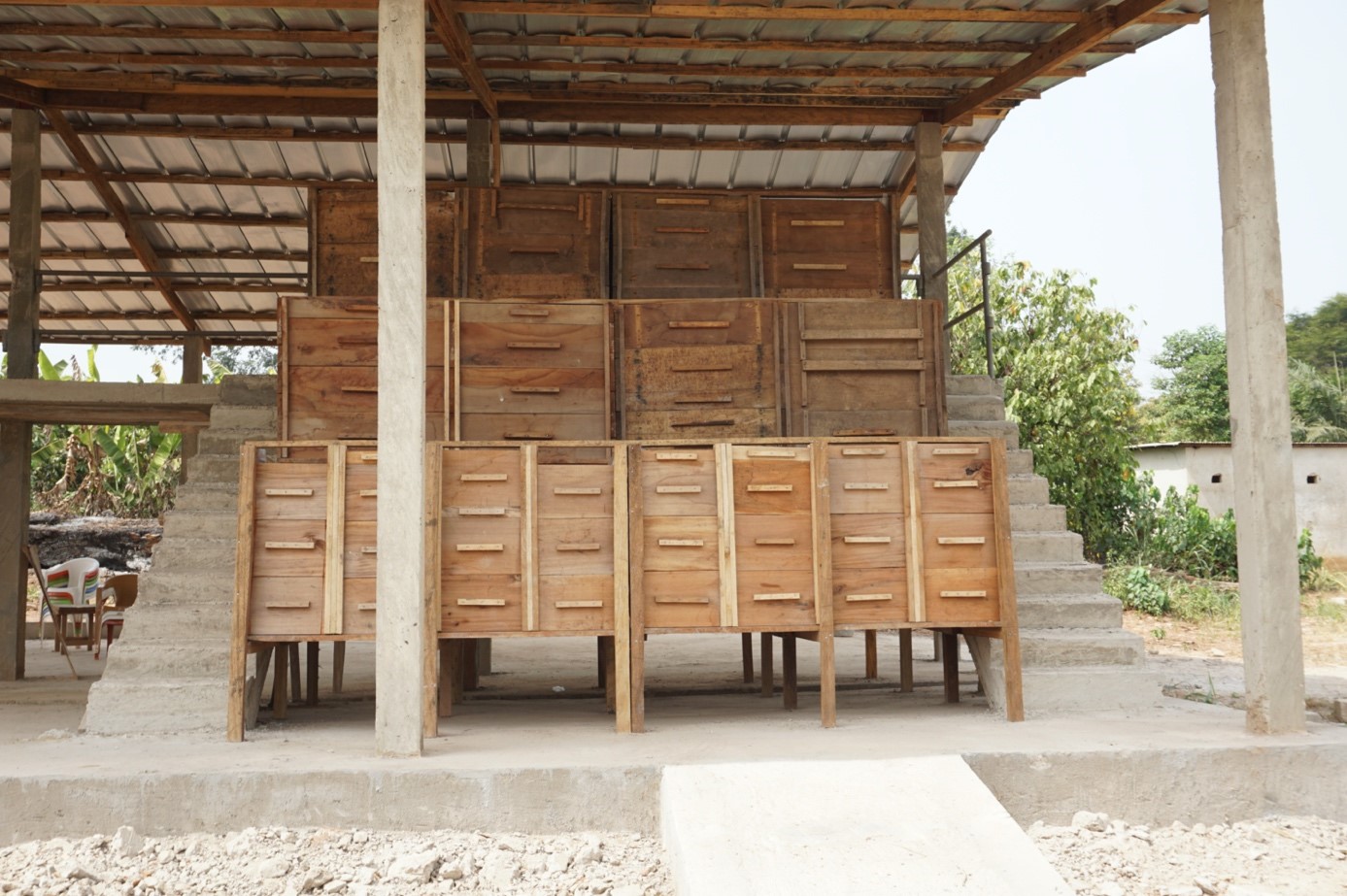M & E of post-harvest cocoa processing & farmers' support centers

Background
Jointly with the Sustainable Agroecosystems Group the external page CABOZ AG submitted a project for the SECO Call for Proposals for Innovative Cocoa Value Chain Projects that has been launched together with the external page Swiss Platform for Sustainable Cocoa. The project “village post-harvest processing and farmer support centers” is aiming at countering risks along the cocoa value chain and implementing sustainability initiatives in the Ivory Coast by offering village post-processing and farmer support centres in rural areas. CABOZ oversees the implementation of the project whereas the Sustainable Agroecosystems Group is in charge of the monitoring and evaluation.

Outcomes
The study shows that awareness of and interest in the fermentation center are slowly growing. However, this interest seems to be very much related to the amount of premiums received at the fermentation center and to how well the logistics of selling wet cocoa are organized. Furthermore, results suggest that the close collaboration of SCOPACI/CABOZ staff with cocoa farmers increase their trust.
For further information please contact Braida Thom (), or Johan Six ().

MSc Thesis - Nathalie Windlin
Description: In her master’s thesis, Nathalie Windlin examined the intrinsic and extrinsic factors which determine the incorporation of shade trees into cocoa fields of CABOZ-affiliated farmers in Soubré, Cte d’Ivoire. Current research indicates that cocoa production under shade coverage has several ecological advantages, e.g., strengthened water retention, increased biodiversity, and pollination, as well as enhanced climate resilience. To capitalize on these advantages and to mitigate the detrimental climate effects of cocoa production, the cocoa industry has begun in recent years to (re-)introduce shade trees into today’s prevalent monoculture cocoa fields in Côte d’Ivoire. One example is the small cocoa company CABOZ AG which distributes shade tree seedlings among its affiliated farmers. A recent evaluation conducted by CABOZ AG reveals that most of the distributed shade tree seedlings perished within the first 12 months after planting. Developing a better understanding of why shade tree seedlings perished was the core objective of Nathalie´s master’s thesis. Based on a thorough literature review, her thesis tests the hypothesis that the farmers´ negative attitude towards shade trees explains their low survival rates on cocoa fields. A robust test of this hypothesis required extensive data collection. To this end, Nathalie and her research team conducted 295 interviews with CABOZ-affiliated cocoa farmers around Soubré in July and August 2021. The interviews held with these 295 farmers indicate that cocoa farmers acknowledge the multiple benefits of shade trees and are willing to plant and maintain them in the immediate future. This strong positive attitude of farmers towards shade trees runs counter to the thesis´ core hypothesis. The study discusses five potential explanations to account for this puzzle. Two of the rationales offered evolve around farmers’ concerns about the disadvantages of incorporating shade trees and unfavorable extrinsic factors such as bad infrastructure.